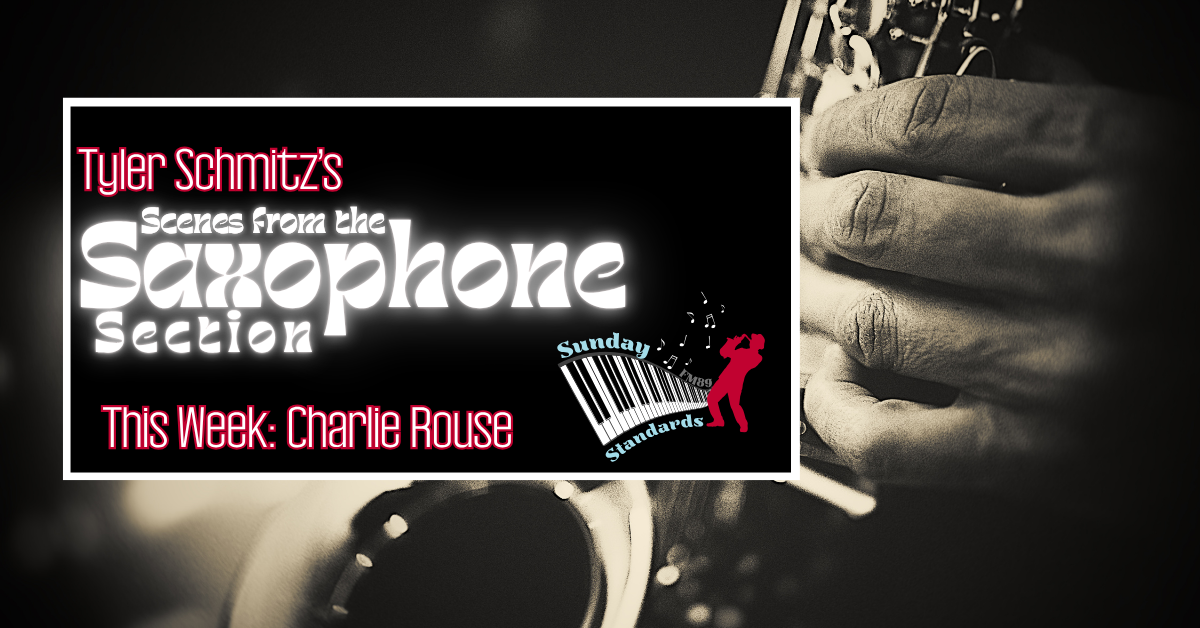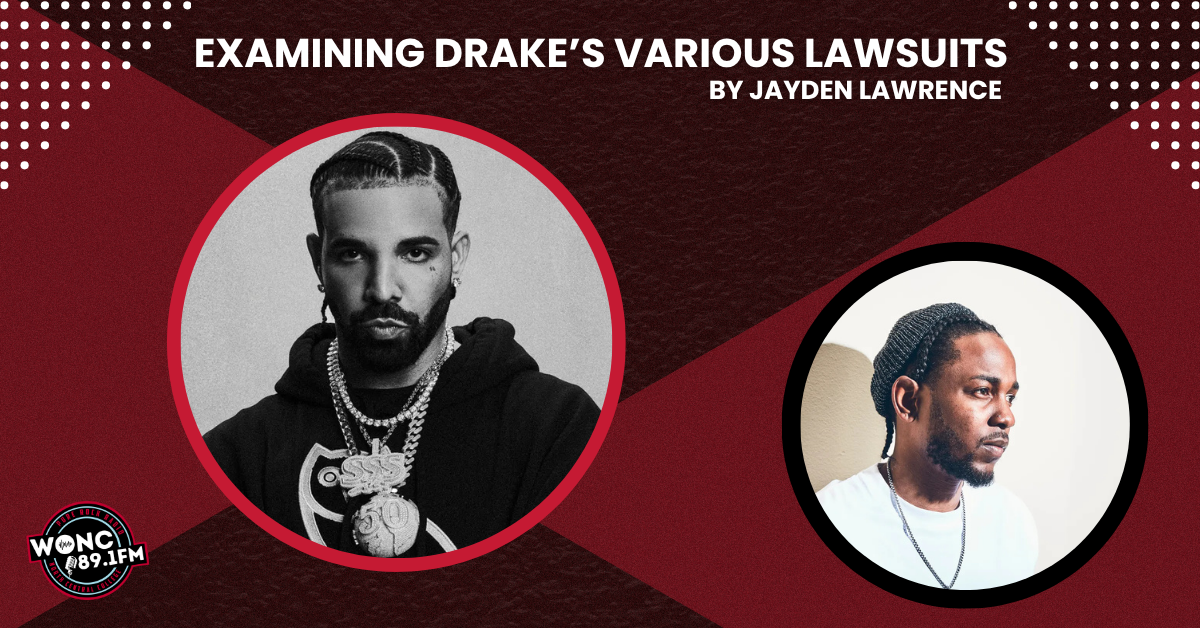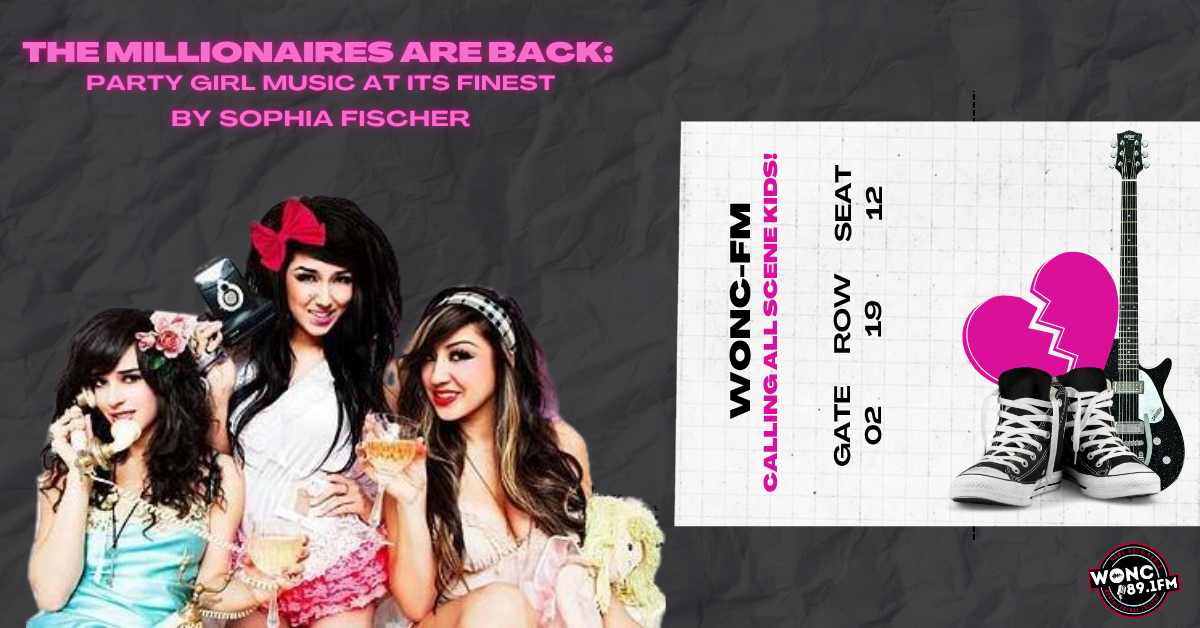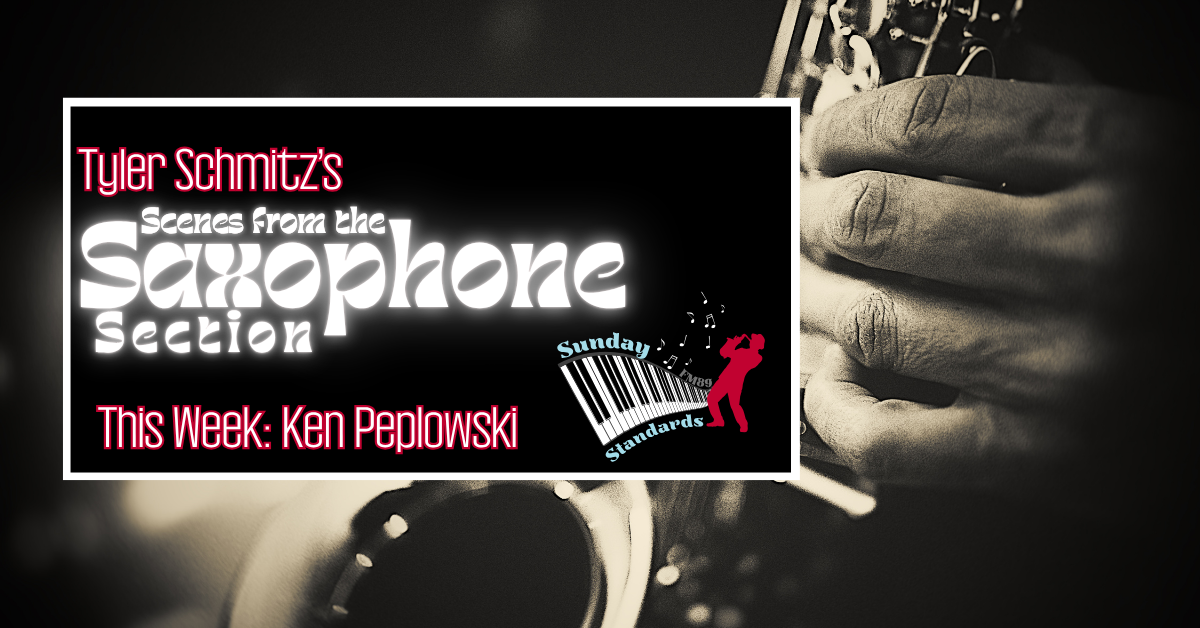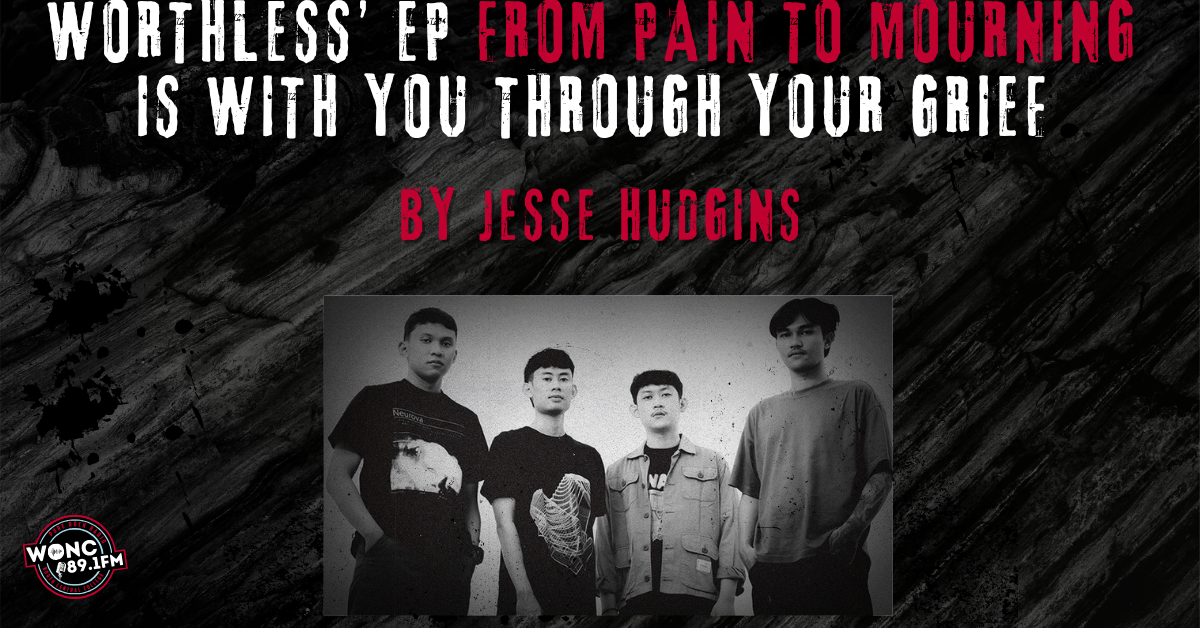by Tyler Schmitz
This week’s Sunday Standards had me put together a setlist of varied pieces from a player that really knew his way around the scene. Charlie Rouse, a tenor player from D.C., is probably most known for his tenure with Thelonious Monk. Other than playing with the Monk himself, Rouse has made his way around playing with some of the greats’ orchestras, notably Dizzy Gillespie’s, Duke Ellington’s, as well as serving as a member of Count Basie’s octet.
Our first tune of the hour was a bossa nova, “Merci Bon Dieu,” from his album “Bossa Nova Bacchanal” in the early sixties. I love this tune for its ability to clash the somber sounding arpeggiated chord pattern that the guitar plays in the background compared to the upbeat feel of the rhythm of every other moving part in the piece. Like if you go listen to it, detach the music and try and get a feel for the beat, then go back and put it together, you can better appreciate it that way. Other than that, Rouse plays the tune in an upbeat way but in a minor feel.
The next tune was the obligatory ballad that I like to throw into the setlist. This was Rouse on the Miles Davis tune “Stella By Starlight.” Now, Davis was famous for his ballads on trumpet, and Rouse was better known for his bebop on saxophone, so sometimes it just makes you think “how’s he gonna make that work?” Well, did you forget that one of Rouse’s most important roles was with Thelonious Monk? See, now it all makes sense. The importance of who you play with determines your skill set, and it gave Rouse the ability to nail this piece perfectly.
Now this last one is a composition of his own, that one being “Hopscotch.” This is quite a funky tune where Charlie Rouse works with his guitarist, Paul Metzke, in perfect sync to pump out an oscillating straight eighths to lay down the groove of the tune before taking off into the solo section. The tune itself provides a nostalgic feel, perfectly reminiscent of the opening credits to any 70s action flick. The drum line Rouse wrote in helps to establish the funk grove with a pattern of [1, 2, 3, & 4 &] [* & 2 & * & 4 {&}] (that last eighth note is ghosted), as the sax and guitar pick up at the end to dive into the pattern itself before using it as a blueprint to form the head of the piece.
Other than that, it’s made me realize that I actually seem to enjoy selecting funk tunes as much as I do my ballads. It could be a coincidence, but frankly, the funk tunes are some of my favorite to play in the jazz ensemble. Stuff like “Cold Duck Time,” which we actually performed for our concert this past Monday, can sometimes be more engaging to play than your straight ahead pieces, and certainly more fun than your slow tunes (however, as an integral part of jazz, lacking on said pieces is a grave mistake). However, as for the direction of the show, I feel as if these selections keep it interesting and are liable to revealing a different side of these musicians that’s sometimes locked behind a single album or a select few tracks.


